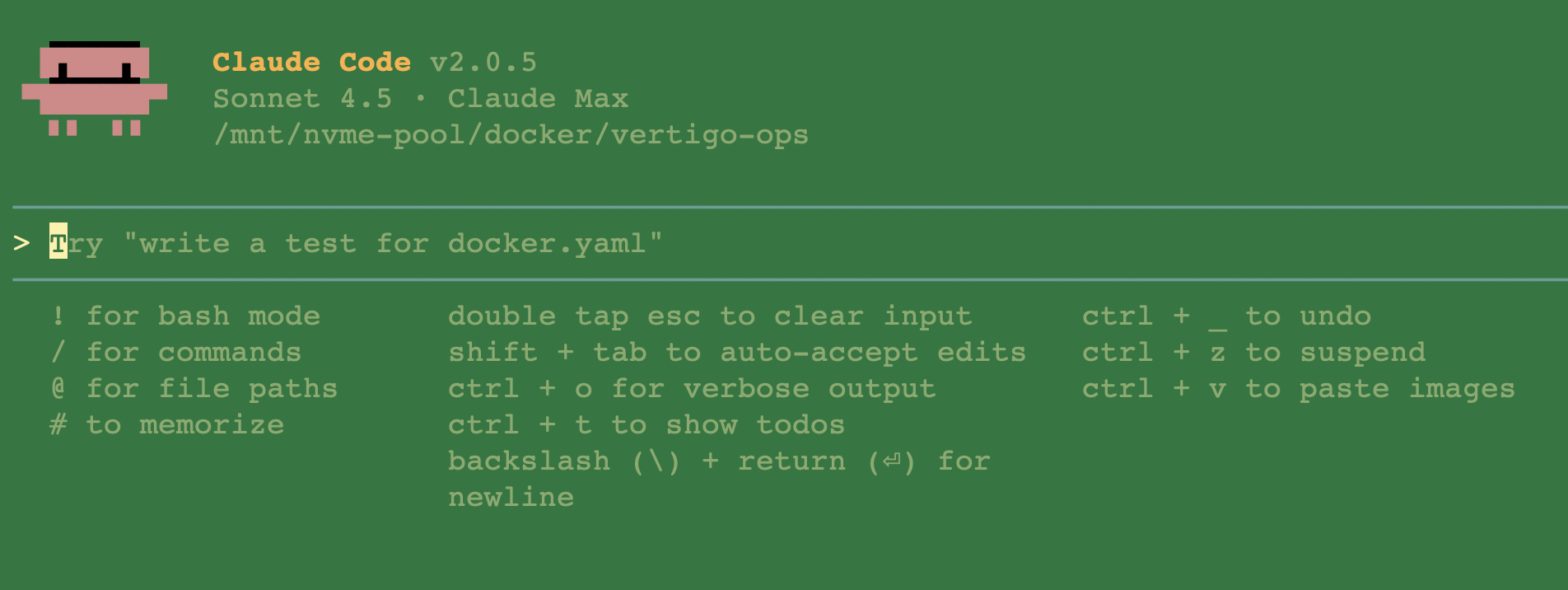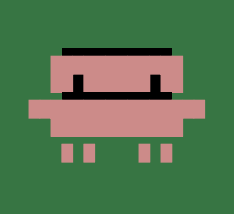I’ve spent a good chunk of my adult life reluctantly mucking around in terminal windows thanks to our decision to self-host Stark Insider many years ago. Over the years I’d find myself learning how to SSH into servers, set up Docker stacks, tail logs while squinting at system time stamps and, most daunting of all, trying to figure out how to keep something called Nginx configured and running.
It’s all functional, sometimes even clever I admit, but almost always sterile. There’s a reason Loni and I used to call our Google VM server “the IT dungeon.” It did the job, but it didn’t exactly spark joy.
That changed with Claude Code and my new buddy Clawd.
Enter: Clawd

Clawd is the slightly unhinged mascot for an AI coding assistant called Claude Code. Anthropic designed the terminal tool to streamline local workflows, but what makes it weirdly lovable is that it appears in your terminal as a little 8-bit-style sprite straight out of the 1980s. It’s a recent addition, and Clawd pops up at the top of any new coding session (just type # claude at the command line once installed).
That’s it. No measurable productivity gain. No fancy animation. Just a tiny pixel pal staring back at you.
And yet, that little gesture — having a retro mascot greet me in the middle of an otherwise cold interface — completely shifted how I felt about working in the terminal. It’s like someone put a lava lamp in a server room. Suddenly the place feels… (almost) human.
The Psychology of a Little Pixel Pal
Loni, who’s more wired into the psychology of meaning and emotional design than I am (and moonlights as both a VP and a sculptor), pointed out something I hadn’t articulated: Clawd turns the terminal from a task space into a relationship space. Even if that relationship is with a cartoon blob that can’t technically do anything unless I give it proper input.
It’s the gesture that matters; the feeling that the system isn’t just passively waiting for me to type, but is actively inviting me into a dialogue.
Perhaps this dude is not unlike the subtle brilliance and infamous comedy of Microsoft’s doomed Clippy, minus the corporate baggage. Or Tamagotchi, but instead of needing to feed it, it just occasionally reminds you it’s here to help. I didn’t expect affection from the command line. But there it was.
Meanwhile, in the AI Lab…
At Stark Insider, we’ve been augmenting our old IT dungeon and building out a proper AI lab. We built out our own in-house server (code-named Vertigo) with a Threadripper CPU and 5090 GPU. We’re using private inference engines like vLLM and Ollama, setting up multi-modal experiments, and tuning LLMs. It’s complex stuff and way beyond my abilities.
Currently, we’re working on v2 of a RAG project (StarkMind) that involves ingesting all 7,800 Stark Insider articles (across 20 years), a project that would be impossible for me without the help of AI. We’re leveraging OSS tools like Qdrant, Mlflow, PostgreSQL, Gitea, among others that are all completely new to me. And while we mostly work with ChatGPT (OpenAI) and Claude (Anthropic), even there, we’ve started noticing and appreciating the quirky touches that make these tools feel just a bit more alive.
For example: Claude doesn’t just say it’s “thinking.” When it’s working on something, the system might show that it’s “ruminating”… or “lollygagging.” I kid you not. Lollygagging. That’s the actual status label the Anthropic team cooked up when Claude is taking its sweet time to generate a response. It brings a smile to my face when I imagine some person or some team cooking up these names. Or, maybe, they even just had Claude brainstorm the list of adjectives.
It’s ridiculous. And oddly wonderful.
The more time I spend in this AI-mediated universe, the more I’m convinced that frictionless interfaces aren’t enough. We want friction that feels playful, human, even narrative. Something that says: “Hey, I’m not just a tool. I’m a character in your story.”
Clawd is a perfect example. It’s not just code. It’s company.
Why This Matters (Even If It Shouldn’t)
When everything else is optimized, streamlined, and professionalized into oblivion, a little ridiculousness stands out. It’s the human fingerprint that reminds us someone, somewhere, decided to have a little fun.
In the age of serious AI, Clawd’s pixelated quirkiness and cuteness is an act of rebellion. It’s personality in a place we forgot we wanted one.
And the truth is, we do want one.
Whether it’s an LLM that tells you it’s “ruminating” before dropping an 1,800-line backup script (stark-backup.sh), or a mascot that shows up in your terminal just to say “hey,” these moments build emotional stickiness. They create the kind of memory that makes you want to come back — not because you have to, but because you kind of want to see what happens next.
I have yet to see any other AI coding assistants roll out something playful like Clawd. Regardless, I still find other tools equally impressive, notably Cursor (cursor-agent) and the relatively new Codex by OpenAI, based on GPT. Update: after spending time with Gemini CLI (by Google, release June 2025 and now in preview) we now have an AI Coding Assistant that likes to occasionally tell the most nerdy jokes possible lol.
Beyond all that, none of this chrome decorations would matter much if the core capability wasn’t good. And it is indeed with Claude Code, which remains my go-to coding assistant pretty much every time.
So yes, I still spend plenty of time tuning inference engines and deploying containers. But now, when I open up the terminal and type claude, there’s a little guy who says hello, and invites me to imagine the possibilities.
And somehow, that makes all the difference.

